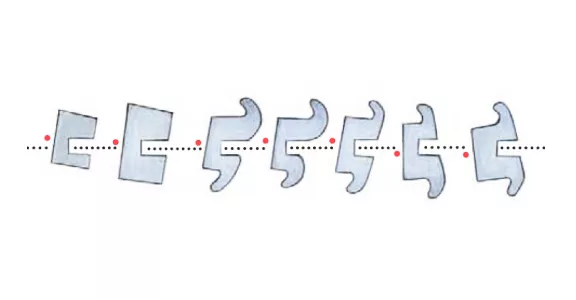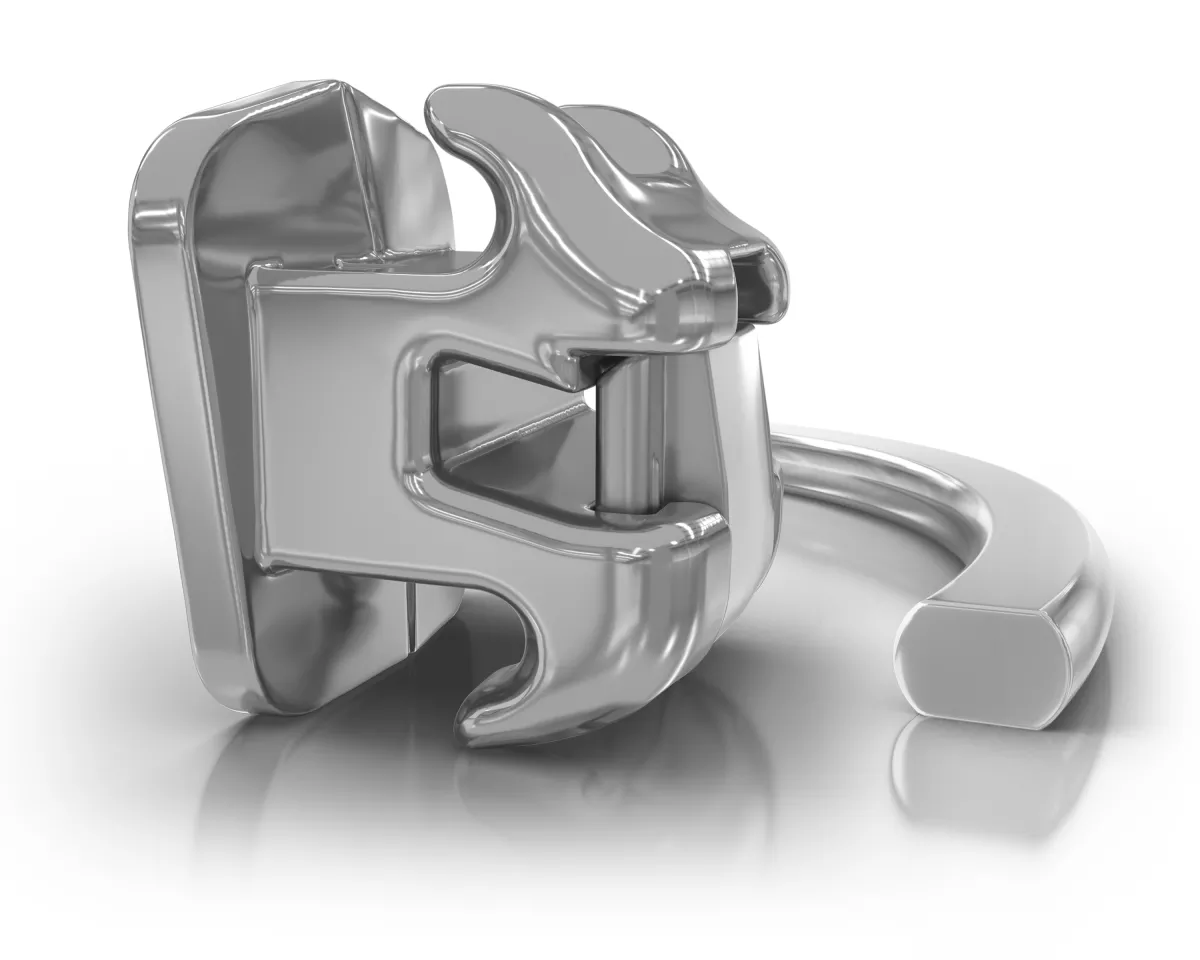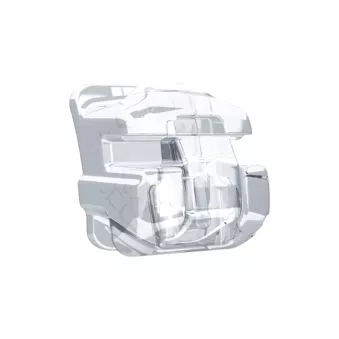Embracing the Efficiency of Damon Ultima: A True Straight-Wire System

Ever since Larry Andrews introduced the concept of straight-wire appliances in 1972, orthodontics has seen significant advancements in achieving optimal occlusion. As an orthodontist, my journey with various bracket systems led me to discover the Damon Ultima system, which revolutionized my practice. In this blog post, I will share my experiences with the Damon Ultima system, highlighting its advantages and how it has enhanced the efficiency and clinical excellence of my treatments.
The Evolution of Straight-Wire Systems:
After my residency, I adopted Andrews' bracket prescription combined with edgewise brackets in my clinical practice. While it proved to be an improvement over plain vanilla edgewise brackets, I soon realized that a purely straight-wire approach was insufficient for finishing cases. Each patient's unique requirements necessitated manual adjustments and wire bending, hindering treatment efficiency. Despite these shortcomings, the preadjusted appliance provided a steppingstone towards more efficient finishes.
The Power of Passive Self-Ligation:
In the 1990s, I experienced a game-changing moment when I encountered the passive self-ligating (PSL) bracket system developed by Dr. Dwight Damon. The combination of light forces exerted by super elastic wires, and the low friction provided by PSL brackets showcased remarkable tooth movement in Damon's cases. This system harnessed the influence of muscles, particularly the tongue, aiding arch expansion and delivering better results with fewer extractions. By increasing the interval between office visits to 8-10 weeks, cases progressed faster, exhibiting arch width development akin to functional appliances.
Selective Torques for Enhanced Efficiency:
One notable feature of the passive self-ligation straight-wire system was the introduction of selective torques. Brackets with different torque options, color-coded as blue, red, and green, allowed for case scripting. By utilizing high-torque brackets on upper anterior teeth and low-torque brackets on lower anterior teeth in Class II cases, tooth uprighting was maintained, counteracting undesirable effects of the treatment mechanics. This approach increased treatment efficiency and predictability.
Introducing Damon Ultima System:
To address the limitations of traditional straight-wire brackets and improve control without increasing friction, the Damon Ultima bracket and wire assembly were developed. This latest-generation Damon system features a passive self-ligating bracket with a parallelogram-shaped slot and a proprietary round-sided rectangular archwire. When engaged in the bracket slot, the wire creates four contact points, providing comprehensive control over rotation, torque, and angulation. With this full expression assembly, cases can be treated more predictably, reducing the need for manual adjustments and enhancing clinical excellence during the finishing stage.

Clinical Cases: Demonstrating the Power of Ultima:
To illustrate the efficiency and exceptional outcomes achievable with the Damon Ultima system, I will share two case examples:
Case 1: Class II End-On Malocclusion
Using the Ultima bracket system, we successfully corrected maxillary anterior rotations within 10 weeks. With the patient's compliance in wearing Class II elastics, the case was completed in 16 months and 10 office visits. Only one minor finishing bend was required, showcasing the efficiency and control offered by the Ultima system.
Case 2: Pseudo Class III Malocclusion
A 40-year-old patient presented with a Class III malocclusion, including a maxillary anterior crossbite and posterior crossbites. The Ultima system, combined with the Damon philosophy of alveolar bone modeling, resulted in significant transverse development and a life-changing outcome. The case was completed in 14 months with only nine office visits, showcasing the efficiency and efficacy of the Ultima system.
The Damon Ultima system has revolutionized my orthodontic practice by providing a true straight-wire appliance with full expression, light force delivery, and three-dimensional control. With its advanced features and unique bracket-slot design, the Ultima system offers enhanced efficiency, reduced treatment time, and exceptional clinical outcomes. As an orthodontist committed to delivering optimal results, I am thrilled to have finally found a system that aligns with my vision of excellence in orthodontic treatment.


